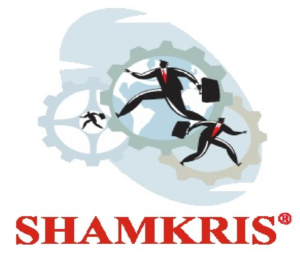Chemical Products and Fibers Industry
Chemical Products and Fibers Industry?
Chemical fibers are made from organic (“natural”) and synthetic polymers. They are manufactured industrially for various purposes. Polypropylene fibers are produced for upholstery textiles. Acrylic fibers are used in filters and artificial wool for sweaters. Nylon fibers are essential to the hosiery industry and to carpet manufacturing. Teflon is a chemical fiber used as a sealant for pipe threads and vessels.
It can be found in self-lubricating bearings. Kevlar, another chemical fiber, is a key component in bullet-proof vests and automobile tires, as it is several times stronger than steal and is fire resistant.
The textile and apparel manufacturing industry relies heavily on chemical fibers. Cotton and cotton blend fibers are the favorite fibers worn by U.S. consumers. Though natural fibers, not chemical fibers, are created from cotton, cotton blended textiles mix cotton fibers with chemical fibers to change a textile’s qualities. Polyester fibers are often blended with cotton to create crease-resistant qualities. Cotton-rayon blends are soft and fuzzy.
Chemical Products and Fibers
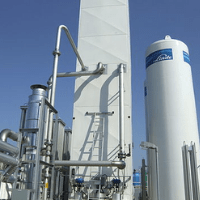
Manufacture of industrial gases

Manufacture of dyes and pigments

Manufacture of other organic basic chemicals
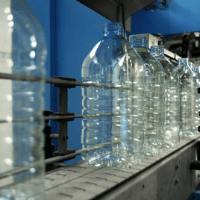
Manufacture of plastics in primary forms
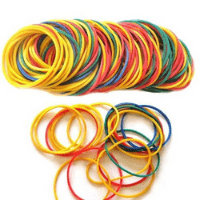
Manufacture of synthetic rubber in primary forms
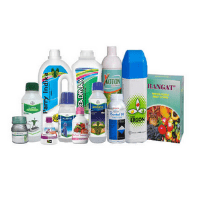
Manufacture of pesticides and other agrochemical products

Manufacture of paints, varnishes and similar coatings, printing ink and mastics

Manufacture of soap and detergents, cleaning and polishing preparations

Manufacture of perfumes and toilet preparations

Manufacture of explosives
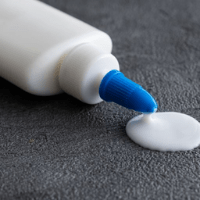
Manufacture of glues

Manufacture of essential oils
Role of Shamkris
A Project Report is a document that provides details on the overall picture of the proposed business. The project report gives an account of the project proposal to ascertain the prospects of the proposed plan/activity.
Shamkris will provide a Project report covering Industry License requirements, competitor analysis, Land requirements, machinery requirements, equipment requirements, and financial requirements.
Some of the areas covered in the project report are outlined below:
- Introduction
- Project Description
- Uses and Applications
- Market Survey
- Raw Materials
- Manufacturing Process
- Process Description
- Process Flow Diagram
- Plant Layout
- Details of Plant & Machinery
- Suppliers of Raw Materials
- Suppliers of Plant & Machinery
- Plant Location Factors
- Land & building Required
- Power and Water Required
- Details of Manpower Required
- Financials of the Project
- License and application Certificate
Financials of the Project includes:
- Land and Building Costs
- Plant and Machinery Costs
- Other Fixed Assets
- Fixed Capital Investment
- Raw Material Costs
- Salaries and Wages
- Total Working Capital
- Cost of Project
- Total Capital Investment
- Cost of Production
- Turnover per Annum
- Profitability Analysis
- 5-year Profit Analysis
- Break-even Point
- Resources of Finance
- Cash Flow Statement
- Projected Balance Sheet
FAQ
The vegetable, or cellulose-base, class includes such important fibres as cotton, flax, and jute. The animal, or protein-base, fibres include wool, mohair, and silk. An important fibre in the mineral class is asbestos.
